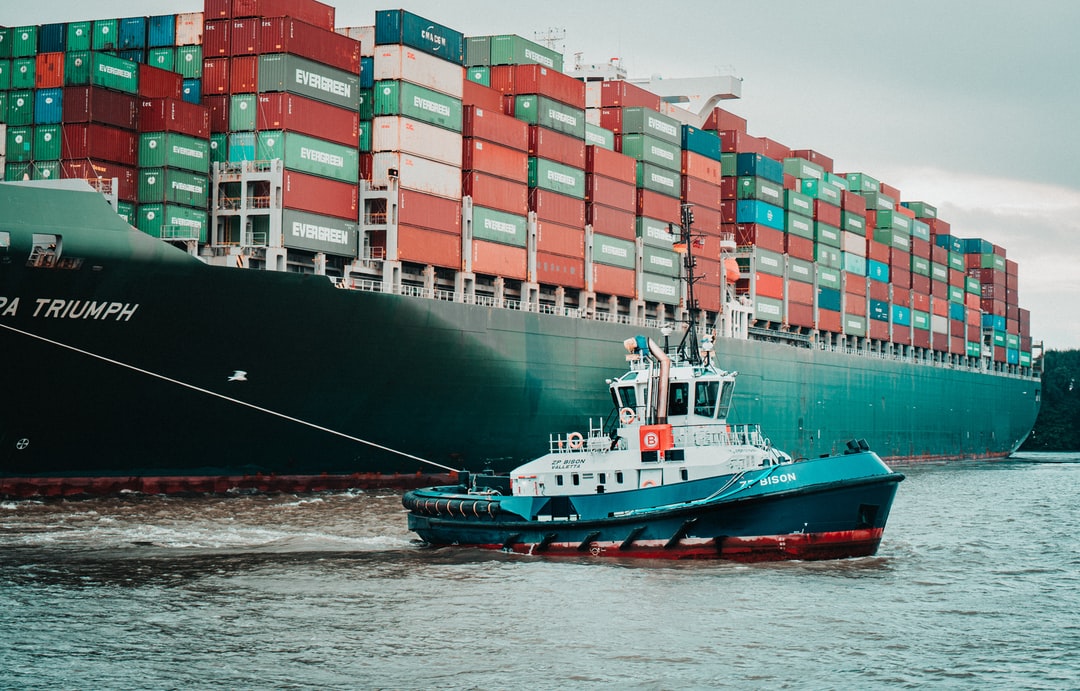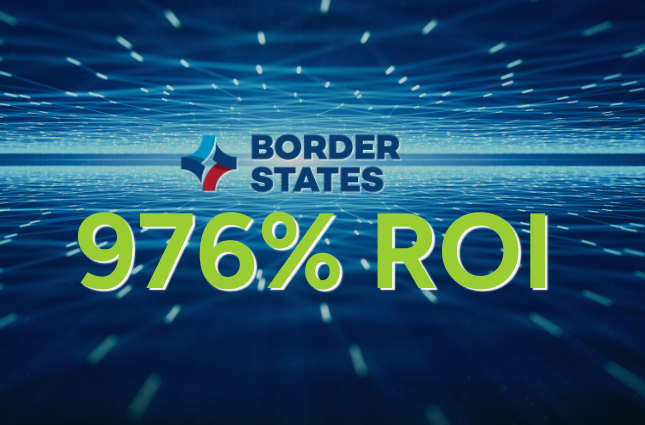In today’s world of pull-driven production, accurately navigating the shifting tides of consumer demand can be the difference between landing in the red or the black. Get it right, and your business can maximize profits by having the right products available at the right times. Get it wrong, and you risk wasting your efforts, money, and resources on products that customers don’t even want. The difference between the two is understanding what makes demands swing so wildly, which is why demand volatility is so important.
This article will dive into the ins and outs of demand volatility, with a view to its main causes and how to work through it. We’ll evaluate the key metrics that you can use to measure its impact throughout your supply network and show you how you can leverage the leading technology to prepare for abrupt demand changes.
What Is Demand Volatility?
A simple demand volatility definition is the variation in customer demand for a product or service over time — but companies must look deeper than that. Demand volatility attempts to quantify abrupt swings in consumer demand, looking not only at the amount and timing of changes but also the internal and external factors that caused them. That way, businesses will be better equipped to anticipate drastic demand changes in the future and to prepare for them with better inventory decisions.
5 Key Causes of Demand Volatility
Demand volatility has multiple causes. Understanding them can help you start building a more robust supply chain management framework.
The main causes of demand volatility in supply chain management are:
- Shifting market trends. Whether it’s new trends or the latest product launch, customers’ preferences can change with little to no notice.
- Seasonality. Seasonal demand fluctuations are easier to predict than other changes, so companies can prepare for them with predictive analytic tools powered by historical data.
- Supply chain disruptions. Raw material shortages, quality control issues, and emerging competitors are just a few factors that can disrupt your supply chain.
- Global policy shifts. Tariffs, regional trade agreements (RTAs), geopolitical tensions, and civil unrest can all impact supply and demand. Global policy factors can also influence the price of your goods, further reducing demand.
- Disasters. From the pandemic to hurricanes, fires, or floods, natural disasters force customers to adjust their purchasing habits immediately.
While some factors that contribute to volatile demand are internal, many of them lie outside companies’ control. The best organizations can do is measure demand volatility according to the metrics they have available, and use the tools they have at their disposal to mitigate it where possible.
Measuring and Analyzing Demand Volatility
There are some key metrics and techniques you can use to analyze your demand volatility. A few of them are:
- Coefficient of variation (CV), or the ratio of the standard deviation of demand to the average, indicating the consistency of your purchasing data
- Delivery on-time and in-full (DOTIF), to measure the number of defect-free deliveries
- Historical data, for a firsthand look at your consumers’ recent purchasing trends
Evaluating these metrics can give you a better understanding of which products are most susceptible to demand volatility, and which ones are in consistently high demand. That knowledge can inform your production decisions, allowing you to pivot to new products at the right time and create an optimized demand plan.
Predicting Demand Volatility: Tools & Techniques
Despite its unpredictable nature, businesses have multiple tools and techniques at their disposal to evaluate how demand volatility impacts their current supply chain strategy. Some key tactics you can implement are:
- Demand forecasting,orusing historical data to more accurately predict future inventory needs
- Inventory optimization to right-size all your distribution and fulfillment centers, avoiding stockouts and overstocks
- Scenario planning, to improve your response time when supply chain shocks eventually strike
Tools that employ descriptive and prescriptive analytics are also essential for making faster, data-driven decisions, even amidst volatile demand. They not only give you a clearer view of your current supply chain status (descriptive) and its potential chokepoints, but actionable insights on how to solve them (prescriptive).
What Is the Impact of Demand Volatility on Supply Chains?
Demand volatility can have unexpected impacts on a supply chain. It can start out in small increments at the retail level, creating overstocks of products that consumers no longer desire. Manufacturers respond to these changes by adjusting production accordingly, with their suppliers and OEMs responding in the same fashion. Such volatility then moves upstream. This phenomenon, known as the “bullwhip effect”, destabilizes supply chains and further contributes to logistical pain points.
Demand Volatility Strategies: How To Build Resilience
Companies have several strategies that they can implement to bolster their supply chain resilience. A few methods you can use are:
- Demand shaping, or using sales, promotions, or alternative products to influence consumer demand
- Supplier diversification, to minimize the likelihood of supplier shortages
- “What-If” scenarios, identified and tested with scenario planning tools
- Implementing alert systems and automation, to optimize your processes and enhance visibility
Scenario planning is also especially critical for managing demand volatility. Far more than brainstorming, scenario planning integrates machine learning, AI, and collaboration from supply chain experts to consider any potential risks or events that might disrupt your supply chain. The goal is to create a framework for how to adapt to any event, so as to minimize any supply chain disruptions.
Leveraging Technology in Demand Management
Technology is critical for executing any of your volatility prediction or mitigation strategies, so having the right tools in place is a must. Some tools you can leverage for your demand management are:
- AI. By leveraging the latest purchasing data, AI builds upon descriptive and prescriptive analytics to more accurately predict future demand swings. It can also be used for shipping and route optimization, warehouse layout optimization, automation, and advanced scenario planning.
- Digital twins. Digital twins replicate the conditions of your supply chain so that you can test your response to disruptions. They offer insights into your supply chain’s current weaknesses so that you can strengthen them accordingly.
- Automation. From reorders to robotics, automation streamlines your supply chain operations by removing the potential for human error. This ensures that you have the right inventory on hand.
- IoT devices. IoT devices can provide valuable data on your inventory levels and their condition. They can also alert your system when refills are needed, improving your supply chain visibility.
Integrating AI, automation, and your IoT network, supply chain management (SCM) platforms provide a centralized hub to view operations across your entire supply chain. The result is greater supply chain visibility across your whole network plus actionable insights on how you can elevate your supply chain resilience.
Industry Examples: Managing Volatile Demand Successfully
Demand volatility frequently occurs alongside unexpected large-scale events. One example was the COVID-19 pandemic and the drastic shifts in the products that consumers purchased.
For example, consumers rapidly lost interest in many luxury items and began purchasing personal protective equipment (PPE) instead. With the right demand management infrastructure in place, manufacturers that produced other items could pivot production and offer PPE products in higher demand. Not only could this meet consumers’ needs better, but it also lessened the strain on primary PPE manufacturers, while maximizing profit at the same time.
How GAINS Helps You Navigate Demand Volatility
Whether it’s changing customer preferences or geopolitical disruptions, demand volatility can determine which products fly off the shelves, and which ones lie stacked up in warehouses. Companies that are unprepared for such sharp fluctuations will find themselves unable to adapt to their new environments, while those that leverage the latest technology will elevate their agility and resilience.
At GAINS, we help businesses anticipate supply chain disruptions, without a full system overhaul. Our AI-powered solutions combine the latest mathematical models and supply chain insights with a compatible, scalable platform that integrates with the rest of your tech stack. More than just new technology, GAINS’ platforms let you mitigate risks, balance tradeoffs, prepare for the unexpected, and continuously optimize operations.
Contact us today to see what we can do.



